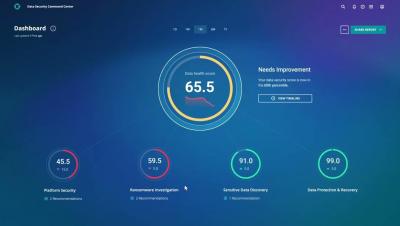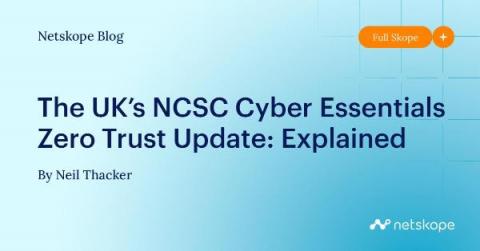Security | Threat Detection | Cyberattacks | DevSecOps | Compliance
February 2023
Governance of Zero Trust in manufacturing
Manufacturers are some of the most ambitious firms on the planet when it comes to harnessing the power of edge technology to modernize their businesses. As they make plans in 2023 to enhance business outcomes through the use of technologies such as 5G and IoT, manufacturers should also increasingly be called to innovate in the spheres of governance and cyber risk management.
Welcome To Rubrik Security Cloud
The UK's NCSC Cyber Essentials Zero Trust Update: Explained
Late in January this year, the UK’s National Cyber Security Centre announced an update to its Cyber Essentials scheme in order to ensure it “continues to help UK organisations guard against the most common cyber threats”. This year’s update isn’t an overhaul on the same scale as last year’s, but it did include important new guidance about zero trust architectures.
High costs are the main challenge for adopting zero-trust
Enterprises today have had to rethink how they apply security to their corporate network and, as a result, have decided to implement zero-trust principles. As this approach encompasses a security concept and an organizational vision, understanding the benefits it delivers requires cultural change and clear communication within companies.






